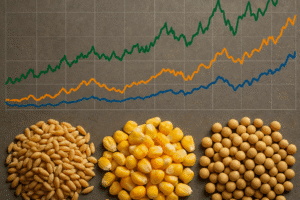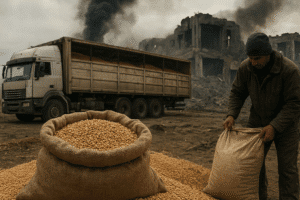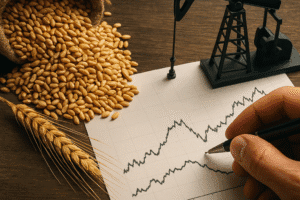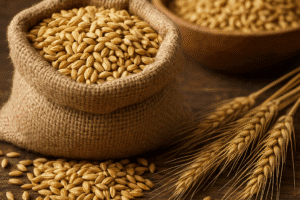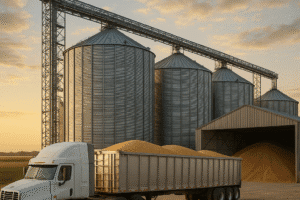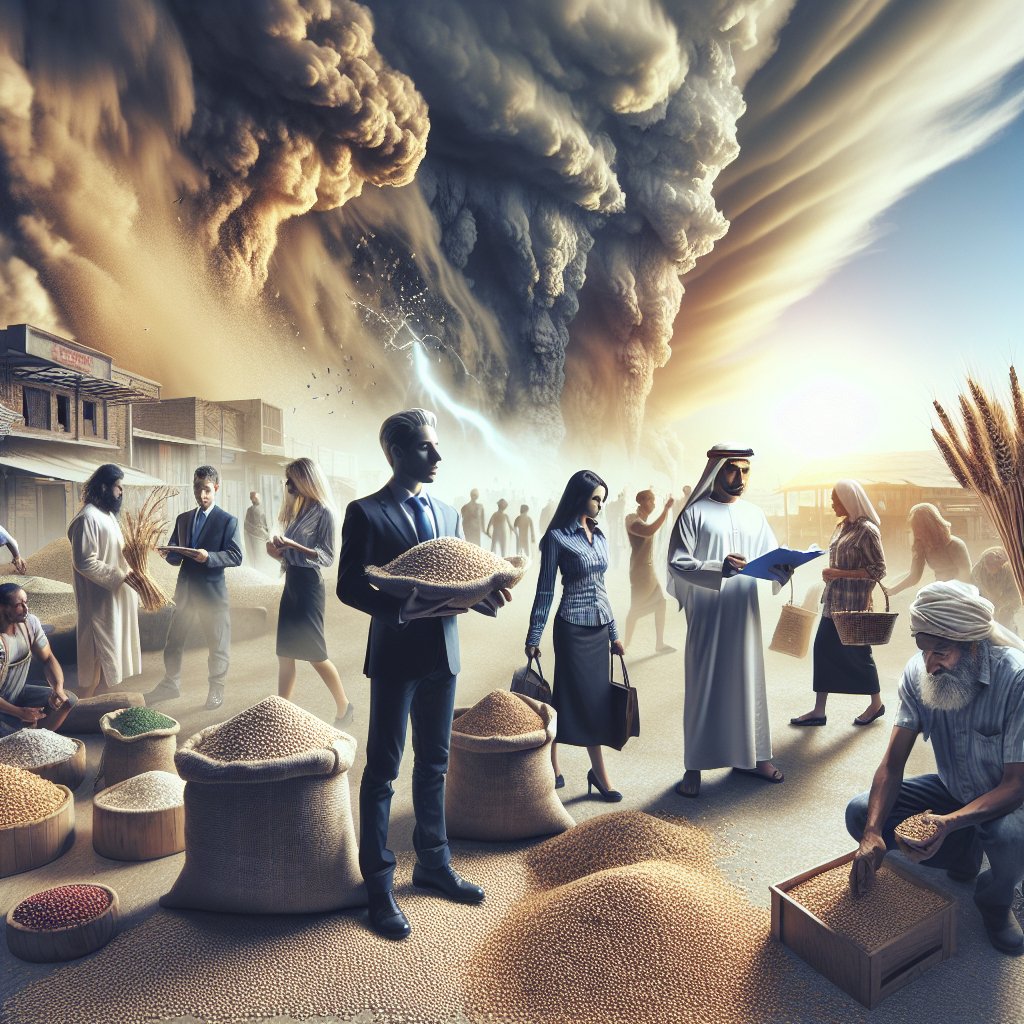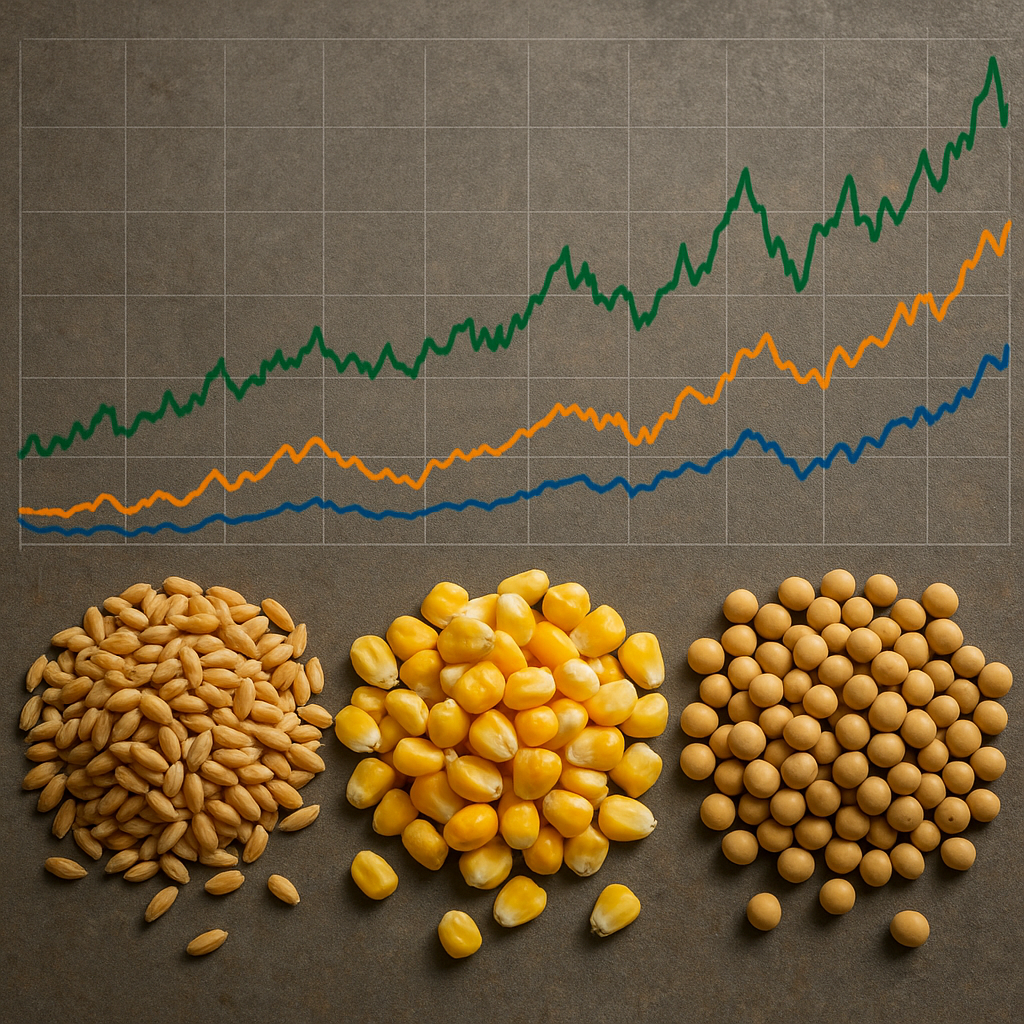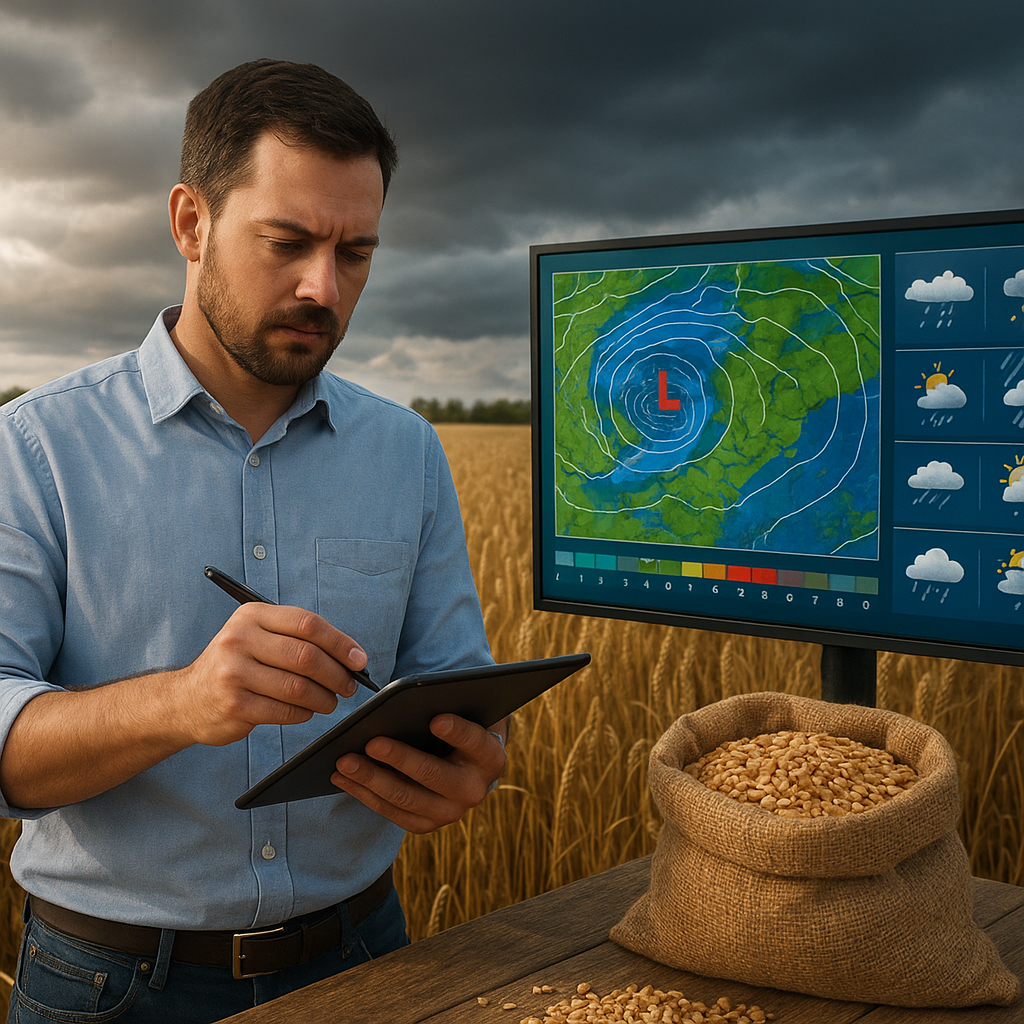The grain market is significantly influenced by various factors, including natural disasters, which can disrupt supply chains, affect crop yields, and alter pricing dynamics. Understanding how these events impact the grain market is crucial for farmers, traders, and policymakers alike. This article delves into the complexities of grain market dynamics during natural disasters, exploring the effects on production, trade, and pricing, as well as strategies for mitigation and adaptation.
Impact of Natural Disasters on Grain Production
Natural disasters such as floods, droughts, hurricanes, and wildfires can have devastating effects on grain production. These events can lead to immediate crop loss, soil degradation, and long-term agricultural challenges. The following sections outline the various ways in which natural disasters impact grain production.
Crop Loss and Damage
One of the most direct impacts of natural disasters on grain production is the loss of crops. Flooding can submerge fields, while droughts can lead to insufficient water supply for crops. Hurricanes can cause wind damage, uprooting plants and destroying infrastructure. For instance, the 2017 hurricane season in the United States resulted in significant losses for grain farmers in affected areas, particularly in Texas and Florida.
Soil Degradation
Natural disasters can also lead to soil degradation, which affects future crop yields. Flooding can wash away topsoil, while drought can lead to soil compaction and erosion. The loss of soil health can have long-term implications for grain production, as healthy soil is essential for sustaining crop growth. Farmers may need to invest in soil restoration techniques, which can be costly and time-consuming.
Altered Growing Conditions
Natural disasters can change the growing conditions for grains, making it difficult for farmers to predict yields. For example, a sudden shift in weather patterns due to a natural disaster can lead to unexpected frosts or heatwaves, impacting the maturation of crops. This unpredictability can create challenges for farmers in planning their planting and harvesting schedules.
Trade and Pricing Dynamics
The effects of natural disasters extend beyond local production; they also influence trade and pricing dynamics in the global grain market. When a significant grain-producing region is affected by a disaster, it can lead to supply shortages, which in turn affects prices and trade flows. The following sections explore these dynamics in detail.
Supply Shortages and Price Increases
When natural disasters lead to crop losses, the immediate effect is often a reduction in supply. This scarcity can drive up prices, as demand remains constant or even increases. For example, the drought in the Midwest United States in 2012 resulted in a dramatic increase in corn prices, affecting not only local markets but also global grain prices. Countries that rely on imports may face higher costs, leading to food insecurity and inflation.
Shifts in Trade Patterns
Natural disasters can also alter trade patterns as countries adjust to changing supply and demand dynamics. For instance, if a major grain exporter experiences a disaster, importing countries may seek alternative sources, leading to shifts in trade relationships. This can create opportunities for other grain-producing countries to fill the gap, but it can also lead to increased competition and volatility in the market.
Market Speculation and Volatility
The uncertainty created by natural disasters can lead to increased speculation in the grain market. Traders may react to news of a disaster by buying or selling futures contracts, leading to price volatility. This speculation can exacerbate price swings, making it difficult for farmers and consumers to plan for the future. The 2020 drought in Brazil, for example, led to significant speculation in the soybean market, resulting in fluctuating prices that affected both producers and consumers.
Strategies for Mitigation and Adaptation
Given the significant impact of natural disasters on grain production and market dynamics, it is essential for stakeholders to develop strategies for mitigation and adaptation. These strategies can help reduce vulnerability and enhance resilience in the face of future disasters.
Improved Agricultural Practices
Farmers can adopt improved agricultural practices to enhance resilience to natural disasters. This includes implementing crop rotation, cover cropping, and conservation tillage to improve soil health and reduce erosion. Additionally, investing in drought-resistant crop varieties can help mitigate the impact of water shortages. Education and training programs can also empower farmers to adopt these practices effectively.
Investment in Infrastructure
Investing in infrastructure is crucial for enhancing resilience to natural disasters. This includes building better irrigation systems, improving drainage to prevent flooding, and developing storage facilities to protect crops from damage. Governments and organizations can play a vital role in funding and supporting these infrastructure projects, ensuring that farmers have the resources they need to withstand disasters.
Policy and Insurance Solutions
Effective policy measures and insurance solutions can help mitigate the financial impact of natural disasters on farmers. Crop insurance programs can provide a safety net for farmers facing losses due to disasters, allowing them to recover more quickly. Additionally, governments can implement policies that promote sustainable agricultural practices and support research into climate-resilient crops.
Conclusion
The grain market is intricately linked to the occurrence of natural disasters, which can disrupt production, trade, and pricing dynamics. Understanding these impacts is essential for stakeholders across the agricultural sector. By adopting improved agricultural practices, investing in infrastructure, and implementing effective policies, the resilience of the grain market can be enhanced, ensuring food security and stability in the face of future challenges.
